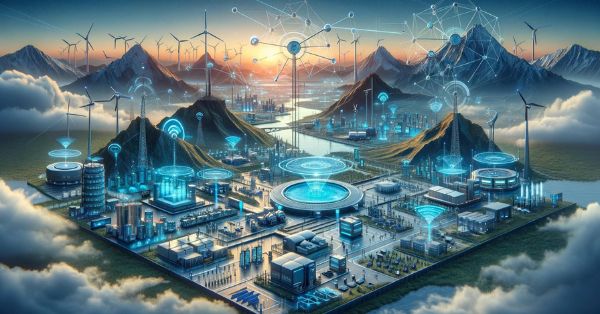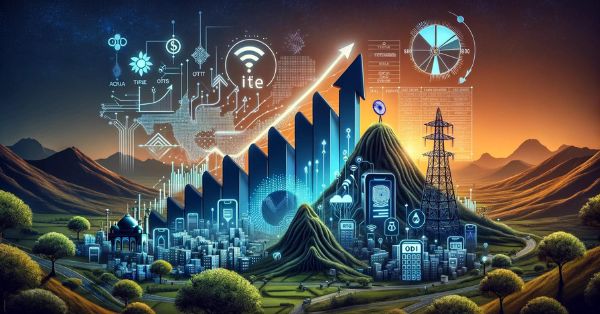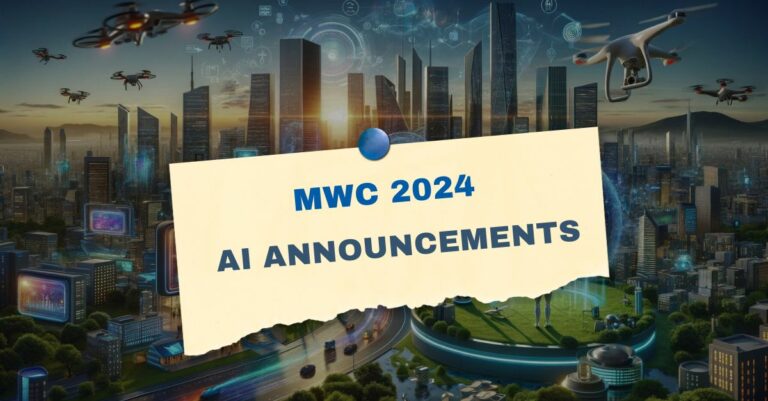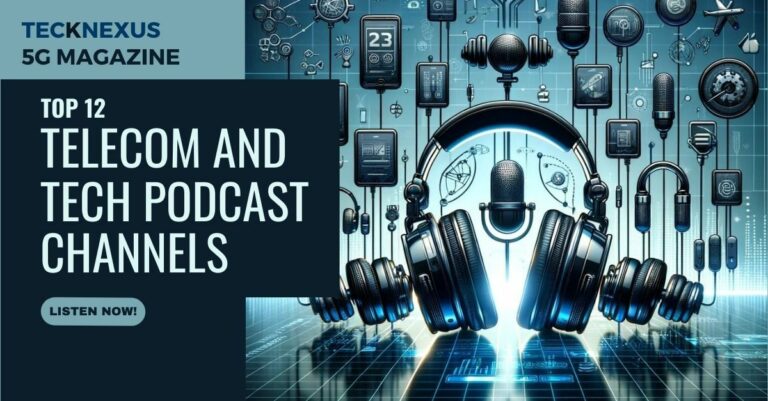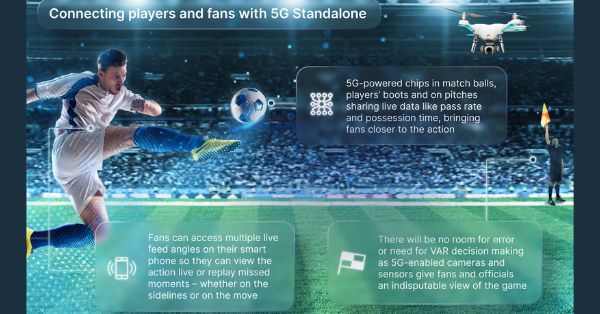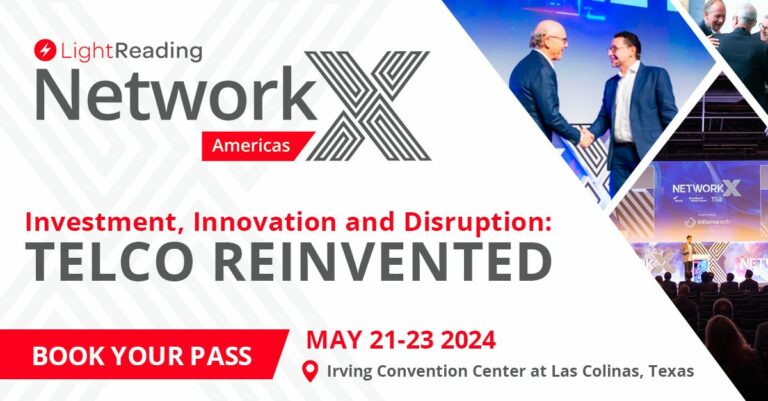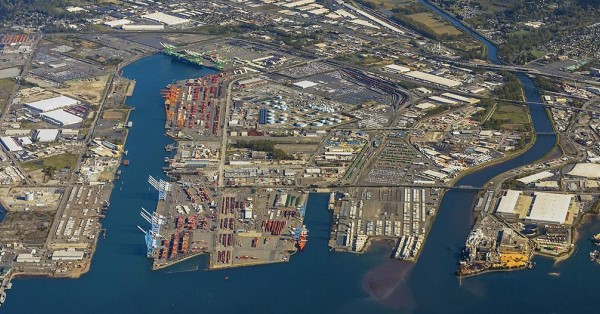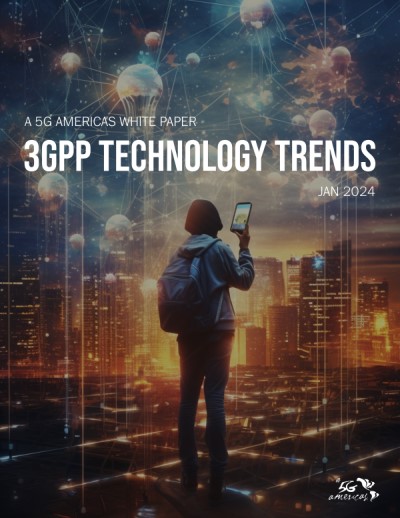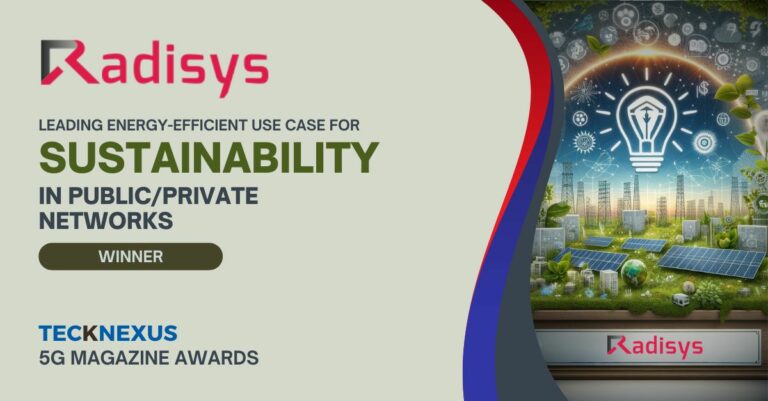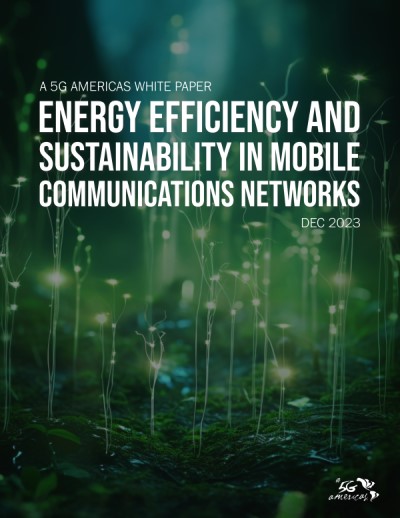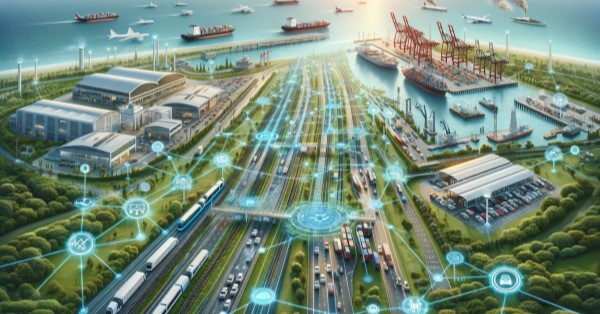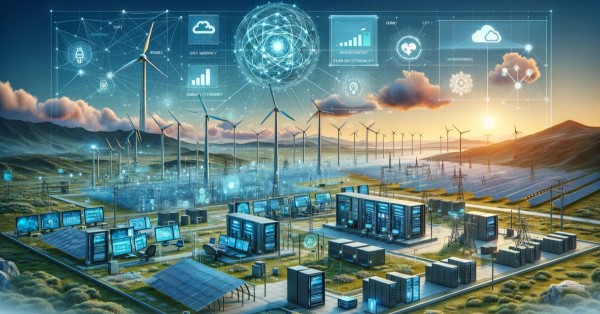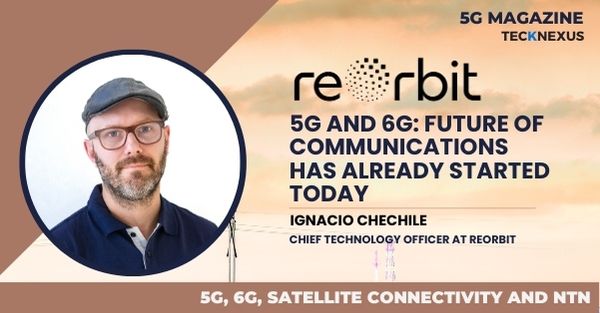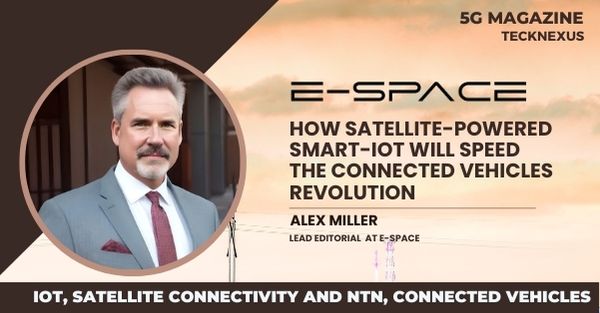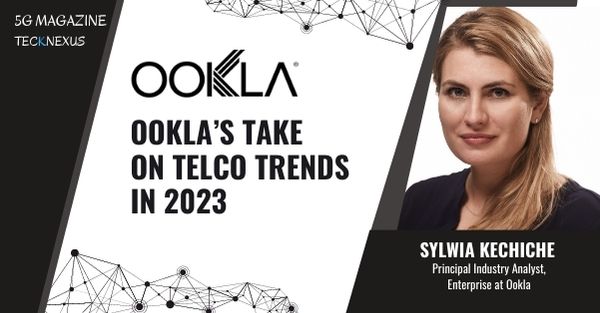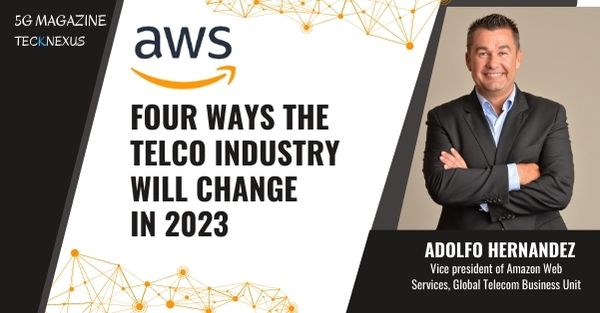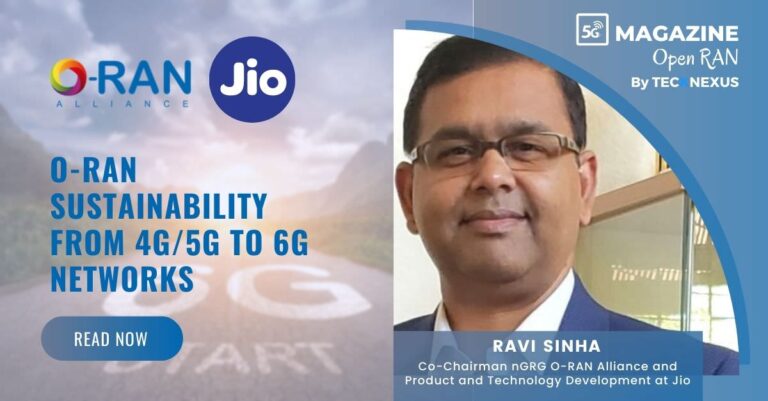Podcast
- April 22, 2024
Step into the dynamic world of wireless infrastructure with Carrie Charles on 5G Talent Talk as she sits down with Patrick Halley, the President and Chief Executive Officer of the Wireless Infrastructure Association (WIA). Discover Patrick’s unexpected journey into telecommunications and his pivotal role in shaping connectivity for all. Patrick shares insights into WIA’s mission to advocate for widespread wireless infrastructure deployment, ensuring connectivity everywhere. Get an exclusive sneak peek into the upcoming Connectivity Expo “Connect (X)” in Atlanta, promising unparalleled opportunities for collaboration and knowledge exchange. Explore WIA’s groundbreaking workforce development initiatives, including apprenticeship programs and innovative training, addressing the evolving needs of the industry. Gain valuable insights into the challenges and opportunities facing the wireless industry in 2024 and beyond, from the impact of artificial intelligence to the proliferation of private 5G networks.
Podcast
- April 22, 2024
Step into the dynamic world of wireless infrastructure with Carrie Charles on 5G Talent Talk as she sits down with Patrick Halley, the President and Chief Executive Officer of the Wireless Infrastructure Association (WIA). Discover Patrick’s unexpected journey into telecommunications and his pivotal role in shaping connectivity for all. Patrick shares insights into WIA’s mission to advocate for widespread wireless infrastructure deployment, ensuring connectivity everywhere. Get an exclusive sneak peek into the upcoming Connectivity Expo “Connect (X)” in Atlanta, promising unparalleled opportunities for collaboration and knowledge exchange. Explore WIA’s groundbreaking workforce development initiatives, including apprenticeship programs and innovative training, addressing the evolving needs of the industry. Gain valuable insights into the challenges and opportunities facing the wireless industry in 2024 and beyond, from the impact of artificial intelligence to the proliferation of private 5G networks.






